When Harshit Agrawal was all of 10 years old, his favourite pastime was sitting at his grandfather’s mithai shop off Mumbai’s Elphinstone Road. Chubby legs swinging in the air — as they couldn’t yet reach the ground — pretending to count cash and secretly stealing a mithai or two from the glass cases make Harshit’s fondest memories.
When his father took over the shop following his grandfather’s illness, Harshit recounts how ‘Janta Dairy’ assumed the role of the third child of the family, growing alongside the boys. “He [my father] loved it dearly,” he smiles.
It was this ardent love for the mithai business that compelled Harshit and his younger brother Tanay to do everything in their power to keep the legacy alive when it was threatened amidst the pandemic. The brother duo aren’t halwais — Harshit is a film producer and Tanay a literature graduate — but that did not stop them from testing new ground with their cloud kitchen Pistabarfi that they launched at the peak of the pandemic.
Was the foray into the mithai scene challenging? “Not if you grew up in my family where it’s in our DNA,” laughs Harshit.
The journey from being innocent children playing around in Janta Dairy to teaming up to save the family business is a memorable one for the brothers. They share their story with The Better India.
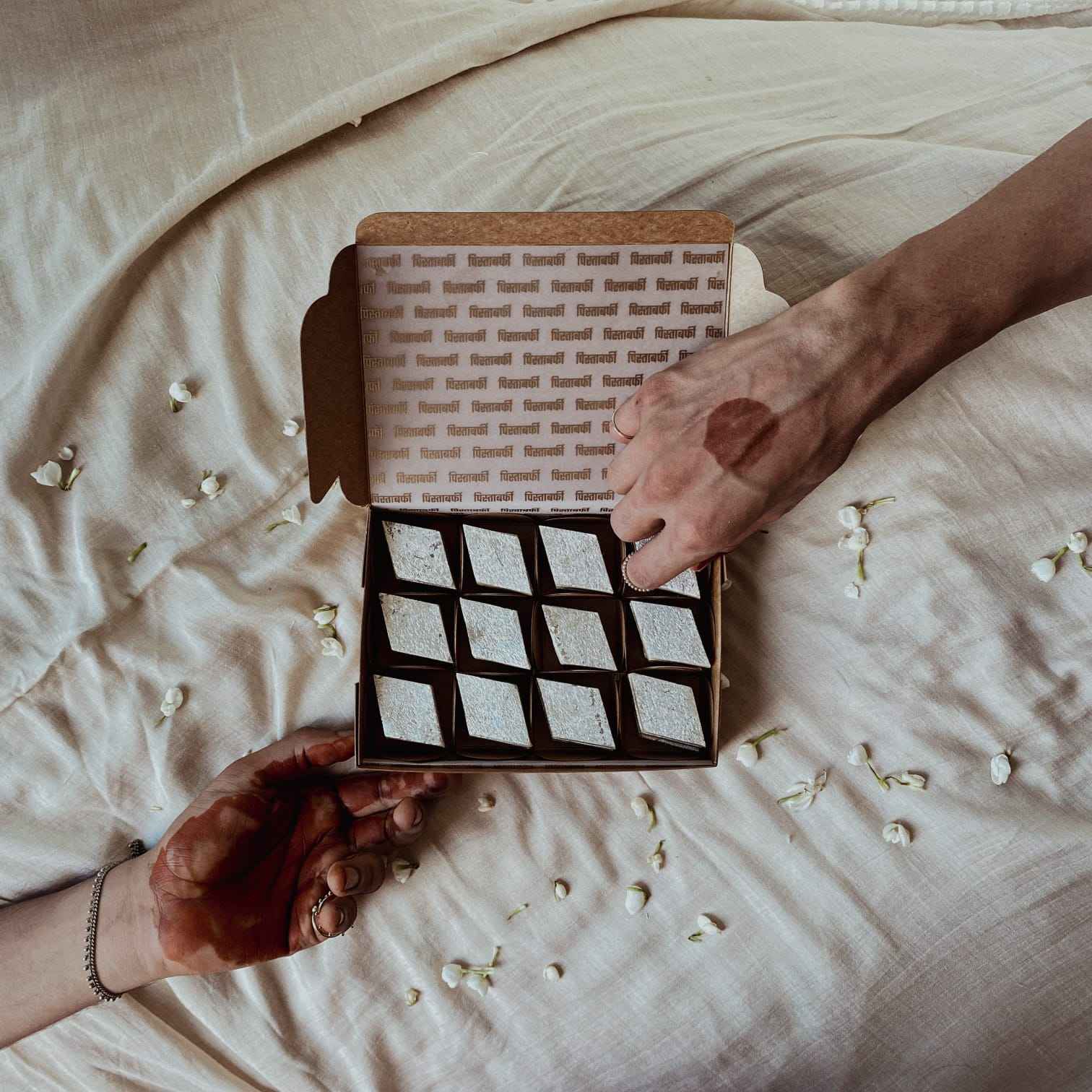
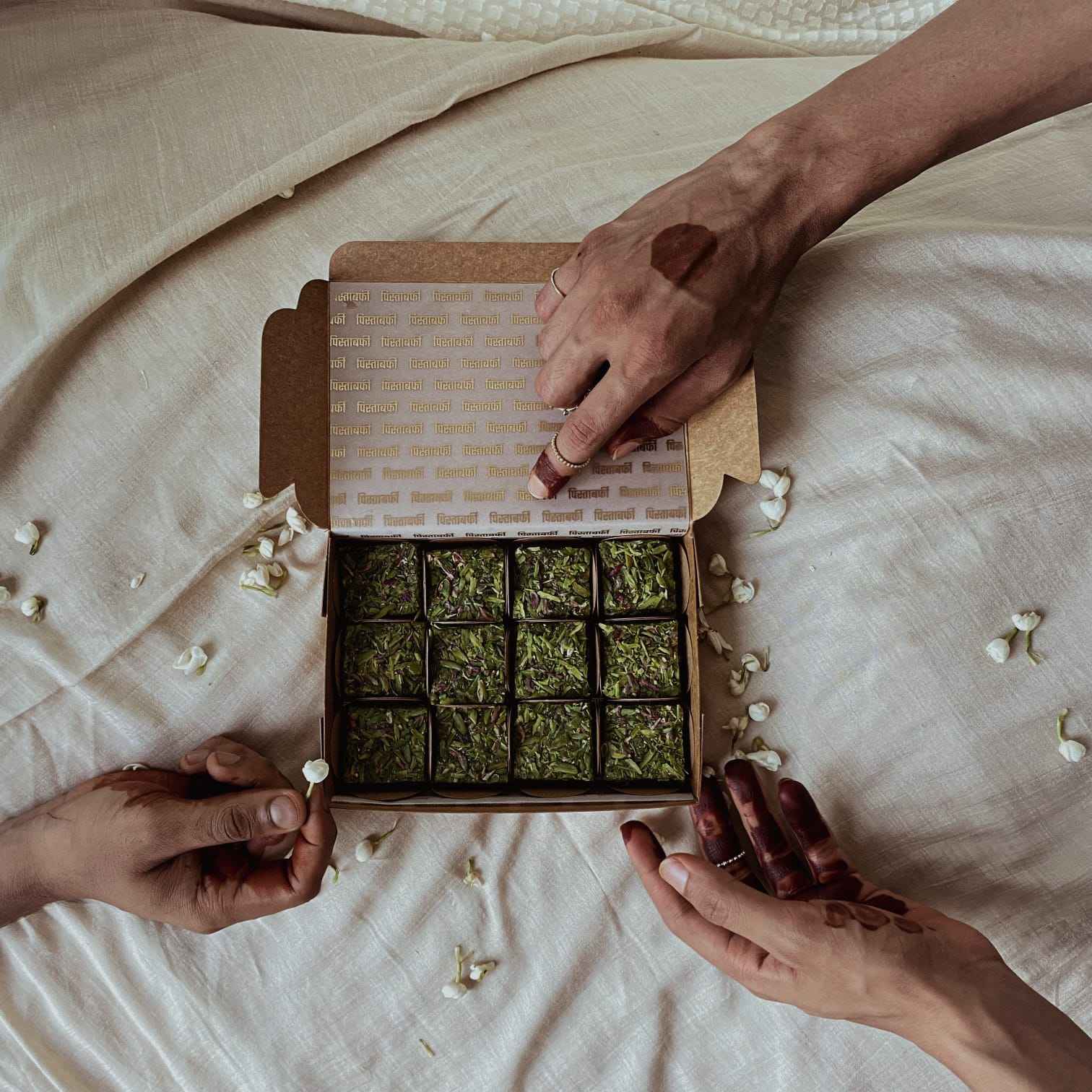
A sweet ride
What is your favourite mithai? For Harshit it is kalakand.
He recounts Tanay’s and his childhood being bundled in a repertoire of flavours of different sweets and savouries. The locals of Mumbai, particularly Elphinstone Road, distinguished Janta Dairy by two things — an aroma of sweets wafting out and a smiling man who was a constant fixture at the counter.
Since 1968, Harshit’s father has had a front-row seat to the evolution of Elphinstone Road and Mumbai alike. And the shop has seen a trajectory of its own — from a dairy that sold the area’s best quality milk, curd, paneer, and lassi to a shop that added mithais and samosas to its list of items.
The boys loved spending all their free time here.
Though Harshit never trained as a halwai, he recounts anecdotes that were silently shaping this skill in him. Hours spent sampling the mithais — mawa pedhas, balusaahi (a crispy sweet made with flour and butter), kaju katli, motichoor laddoo, kalakand (a sweet cheese confection), Bombay halwa, Mahim halwa, dry mysore pak (which compared to its wet counterpart has a biscuit texture), dink laddoo (made using resin, nuts and ghee) and methi laddoo — turned Harshit into a connoisseur of sweets at an early age.
He recalls how he’d sometimes point out to his father when a batch of sweets did not “taste quite right”. He adds, “My father would immediately discard the batch. I’ve never seen him try to salvage a batch of mithai by mixing the old batch with the new — a common act among most mithai makers. Instead, he’d bear the losses but ensure his customers were getting the best.”
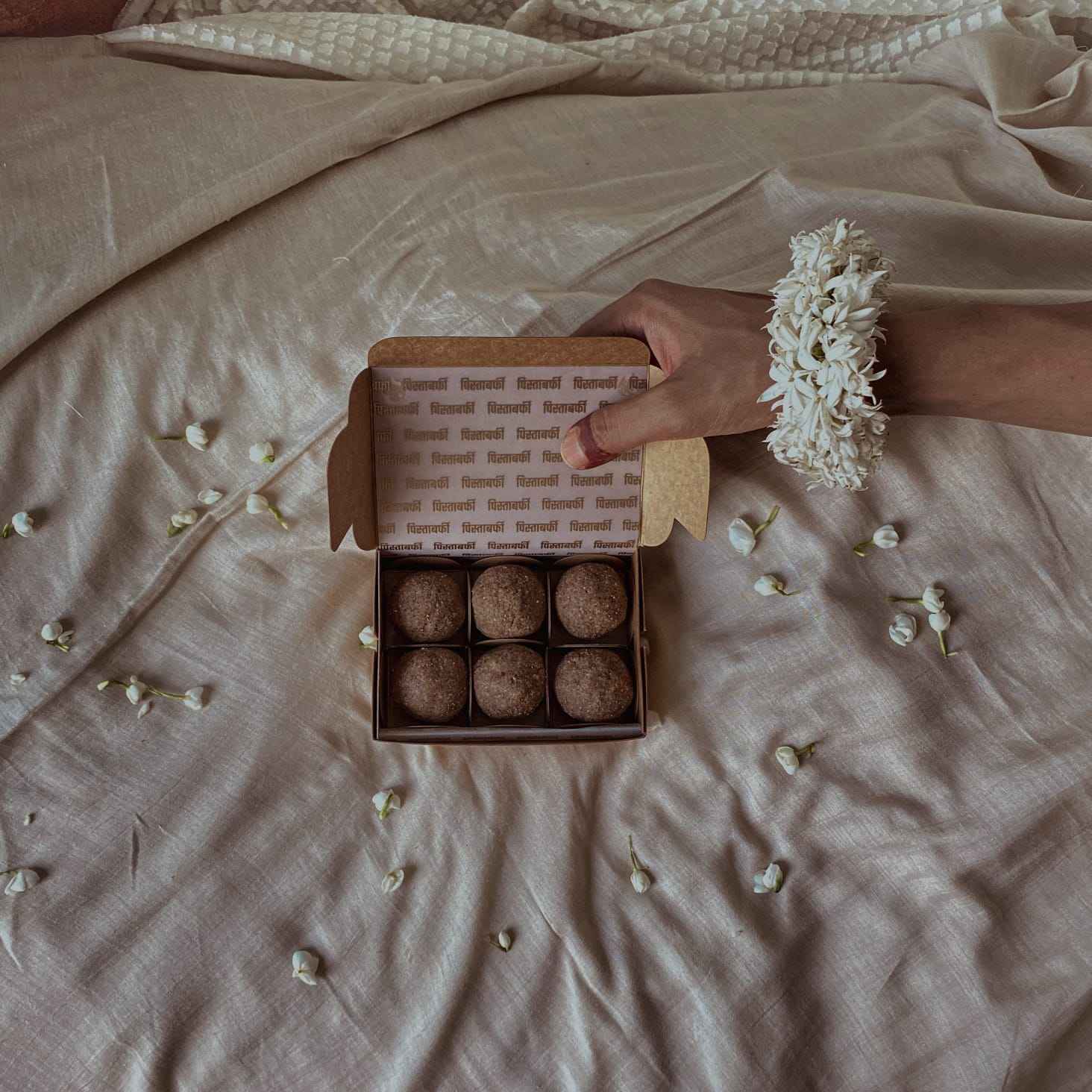

And thus grew the fame of Janta Dairy.
The brothers hardly remember seeing their father at home. Harshit goes on, “You see, my father has gone to the shop every single day, ever since he took over in Class 12. He has never missed work. It’s home, shop, and back home for dinner. Even on Sundays, the routine continues.”
Until one day, the routine stopped. The COVID pandemic had extended its reach to Mumbai.
Reimagining old-school classics
It was disheartening for the boys to watch their father, who loved the dairy, now sit at home. Business was at an all-time low. And somewhere, Harshit felt their family legacy was going to falter unless they stepped in.
Pistabarfi was born out of a quest to save a heirloom business. Though testing new waters, the brothers say there was absolutely no friction. Tanay brought his expertise in dealing with the logistics, while Harshit was in charge of the creative aspect of the venture.
The idea was for the family to continue selling mithai through a cloud kitchen approach until Janta Dairy was ready to reopen. The first two years were not so much about sales but building a brand voice, says Tanay.
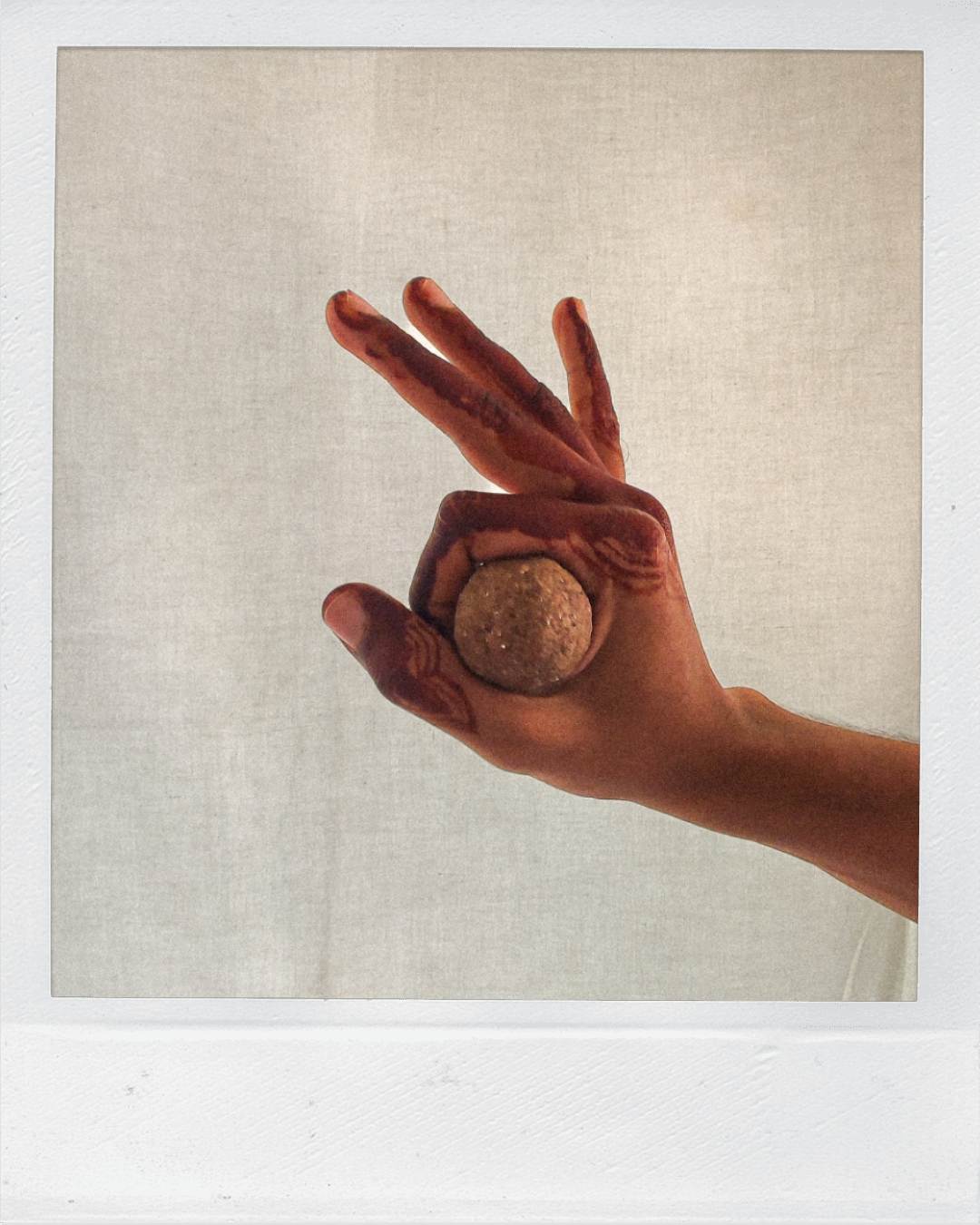
Two things would set Pistabarfi apart, the brothers decided. The packaging and the quality of ingredients.
Elaborating on the first, Harshit says, “The mithai scene in India is a very unorganised market. I’m talking about the early 2000s when there wasn’t a lot of emphasis on packaging. Cost-cutting was rampant. Today, the scene has slightly improved. If you see the usual mithai boxes they usually feature designs like a cow, milk, etc. The imagery is not exciting.”
He adds, “Even brands that focus on good packaging do not tell a story through it. There’s no voice.”
The second pain point was that of quality.
“It’s tough for the mithais in Mumbai to rival that in other cities. This is because, for quality mithai, quality raw materials are needed. These are expensive. If employed, this would in turn increase the cost of the mithai. So, most mithai makers resort to ingredients that can help them achieve a balance between cost-effectiveness and taste,” he shares.
Pistabarfi is built on addressing these points. The brothers emphasise that the idea behind the venture has always been to stick to their traditional roots and play to their strengths.
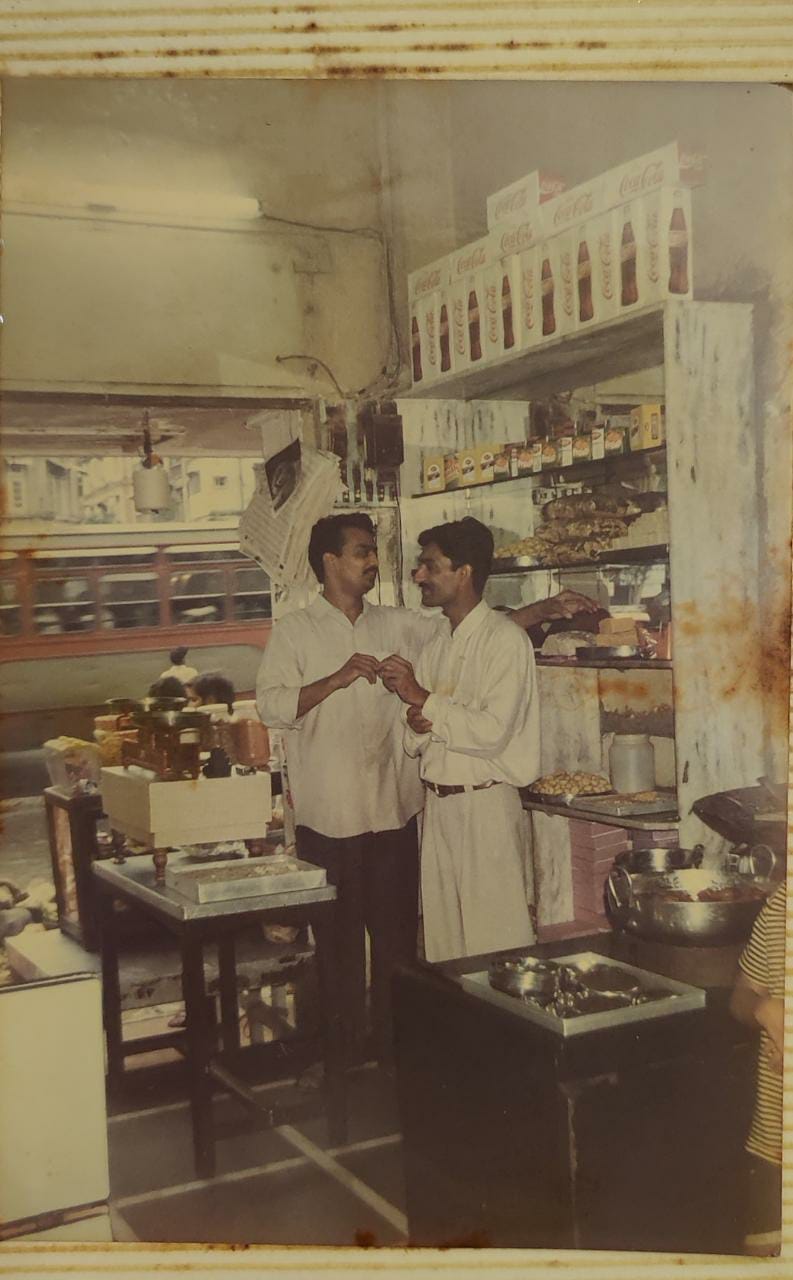
Taking the legacy forward
While designing the brand identity, Harshit was clear that quality needed to be premium, which is also why Pistabarfi products retail at a higher rate than most mithais.
The brand retails three products — pistabarfi made from crushed Peshawari pistachios, kaju katli (made with premium cashew nuts and 400 g of sugar in contrast to the 600 g variants in the market) and gur laddoo made with jowar, bajra, nachni, wheat, rice, jaggery and ghee.
The reason behind this limited selection, says Tanay, is quality. “We are very sure of the three mithais we have. It takes a lot of time to do R&D and to crack the correct taste. Also, some of these recipes have been carried down from generation to generation and that makes it special. We are looking to include Mysore pak next, trials for which have been underway for quite some time now.”
And their packaging parallels the mithais when it comes to allure.
Elaborating on how he came across this idea of using Gond art on the mithai boxes, Harshit says, “I stumbled upon this form of art while assisting director Devashish Makhija on his short film back in 2015. He gifted me the book ‘The Night Life of Trees’ which featured Gond art in it. I was so taken up by this image and its traditional linkages that when coming up with the packaging for Pistabarfi, I got the image licensed from Tara Books, and they were more than happy to oblige.”
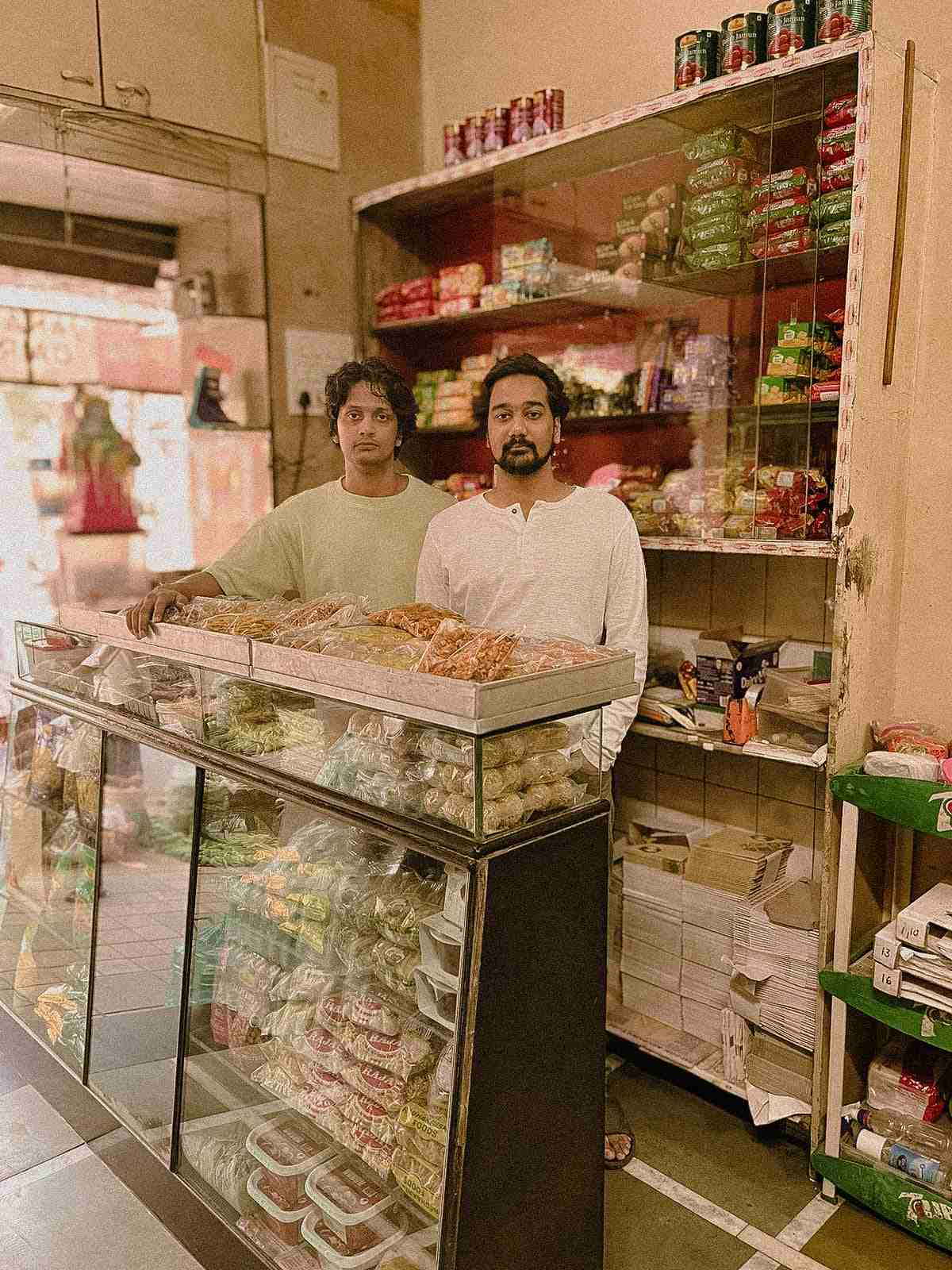
So, is Pistabarfi the new Janta Dairy?
“Absolutely not,” says Harshit. He is firm that the former was created as an ode to the latter’s legacy with a slightly different approach. “The end consumer is very different for both places. Janta Dairy targets the locals who have been coming to the shop since my grandfather’s time. It’s a very repeat clientele. On the other hand, Pistabarfi has a niche audience.”
Today, Pistabarfi delivers all over India and is well on its way to coming up with value-added snacking products that break the myth of mithais only being a festive reason. For instance, take the kaju katli mithai bar, a chocolate bar-shaped product that is actually kaju katli!
“One can keep it in their pocket and snack on it when they want to. It isn’t necessarily what I would call ‘fusion’. It’s more like we’re making products that are accessible,” he shares.
But even while the brothers have broken into the mithai segment with their unique cloud kitchen approach, Harshit minces no words when he says it is foolish to assume one could bring a complete shift.
“We are so accustomed to just walking down the road and entering a mithai shop, asking to taste the various sweets as we take our pick. It’s an emotion. That’s what Janta Dairy will always give its customers. I’m not going to change that,” he says.
Speaking about watching his sons step in, Narottam (56) says, “I have been at the shop since I was in Class 12. That’s the only reality I know and lived for all these years. My idea was to pull through for as long as I could because it’s a part of my identity and losing the shop would mean losing a part of myself. My sons prevented that from happening.”
“What they have done is quite different from what I could have ever imagined. It’s unique and I feel proud as a father,” he remarks.
Edited by Pranita Bhat
No comments:
Post a Comment